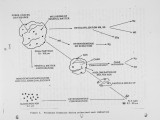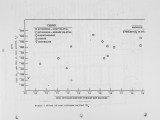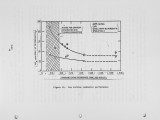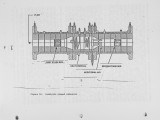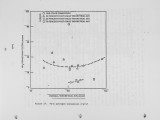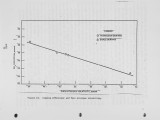Contents | 14 of 60
Page 14
| Title | NOx Control Overview |
| Publisher | University of Utah |
| Date | 1979 |
| Spatial Coverage | presented at Houston, Texas |
| Type | Text |
| Format | application/pdf |
| Language | eng |
| Rights | This material may be protected by copyright. Permission required for use in any form. For further information please contact the American Flame Research Committee. |
| Conversion Specifications | Original scanned with Canon EOS-1Ds Mark II, 16.7 megapixel digital camera and saved as 400 ppi uncompressed TIFF, 16 bit depth. |
| Scanning Technician | Cliodhna Davis |
| ARK | ark:/87278/s67s7rbv |
| Setname | uu_afrc |
| ID | 2812 |
| Reference URL | https://collections.lib.utah.edu/ark:/87278/s67s7rbv |
Page Metadata
| Title | Page 14 |
| Format | application/pdf |
| Setname | uu_afrc |
| ID | 2765 |
| Reference URL | https://collections.lib.utah.edu/ark:/87278/s67s7rbv/2765 |



















